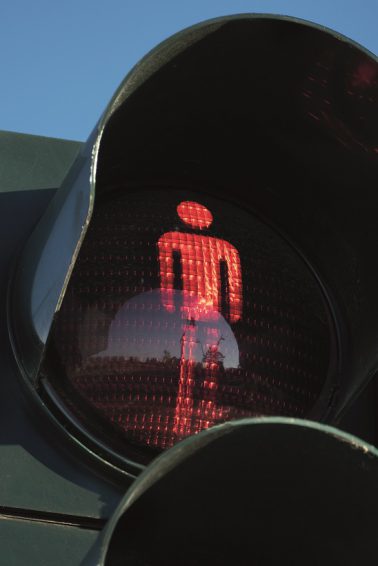How effective are your safety signs?
 Most business owners know the importance of using relevant safety signs to alert workers and customers to workplace hazards, but how effective are your safety signs? Are you using them in the best way possible? And are they actually helping keep your workplace safe?
Most business owners know the importance of using relevant safety signs to alert workers and customers to workplace hazards, but how effective are your safety signs? Are you using them in the best way possible? And are they actually helping keep your workplace safe?
Why are signs important?
The right safety signs can alert employees and visitors to your premises about any potential hazard, from a wet floor to a high voltage area, preventing accidents, injuries, and the accompanying compensation claims!
Safety sign legislation
The Health and Safety Executive (HSE) provides guidance on legislation regarding safety signs in the UK. The HSE has created resources to help all businesses comply with the relevant legislation, covered by the Health and Safety (Safety Signs and Signals) Regulations 1996.
Where should safety signs be used?
The location of your safety signs will impact their effectiveness. They should be strategically placed around the workplace in areas where:
• There is a specific risk that could cause injury (such as falling objects or moving vehicles)
• There are hazards that are not immediately obvious (such as radiation or high voltage)
• There are temporary hazards (such as ice on walkways or wet floors)
• There are areas requiring PPE (such as hearing protection or hard hats)
• There are dangerous substances being used (such as flammable or toxic chemicals)
• There is any other hazard that could pose a health problem (such as asbestos or excessive noise levels)
How safety signs can reduce liability
The Health and Safety (Safety Signs and Signals) Regulations 1996 cover situations and circumstances where safety signs are mandatory, and a failure to comply could put you at risk of expensive compensation claims if someone is injured on your premises. Conversely, while safety signs cannot fully protect you against an injury claim, they can help. If clear signs were in place but were recklessly ignored, it’s less likely that you will be held responsible for a resulting injury.
Advantages of safety signs
Using suitable safety signs on your business premises can be a convenient and cost-effective way to prevent injury. Even well-trained staff need reminders to take precautions, use safety equipment and wear protective clothing, and visitors to your site need clear, visual warnings of any hazards that may not be obvious. Signs with images and universal symbols are essential in overcoming language or literacy barriers. To learn more about the types of health and safety signs you may need for your business, please see our UK Health and Safety Signage Guide.
When do safety signs become ineffective?
Safety signs can become ineffective when workers become so used to them that they become ‘blind’ to them and forget to follow instructions. For this reason, safety signs should be used in conjunction with ongoing safety training and other reminders regarding safety procedures.
When to remove safety signs
Temporary safety signs can cause a specific problem. Always remove them as soon as the hazard has passed or workers will simply ignore such signs, assuming that they are probably out of date. If a wet floor sign regularly remains in place long after the floor is dry, for example, people will simply walk across the floor, because, in their experience, the sign is usually wrong.
Follow these simple tips to ensure maximum effectiveness of your safety signs.
